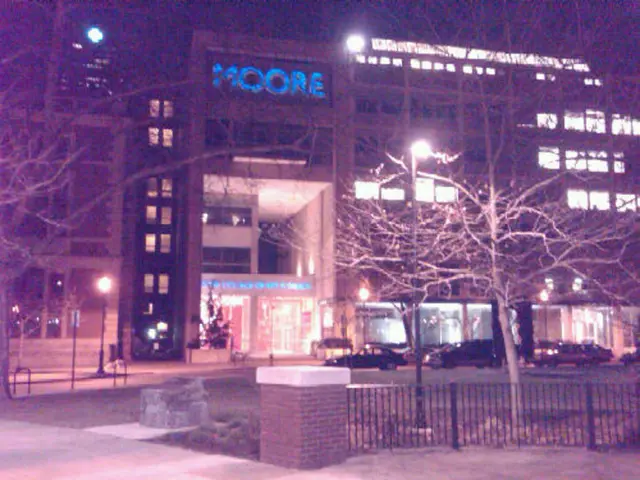Got Your Dream Home in Sight? Consider the House's Age First!
When Making a Home Purchase, Take the Construction Year Into Account
Buying a used property often means a trip down memory lane with ornate plasterwork, sleek Bauhaus styles, or ultra-modern designs. But the year of construction can greatly impact the cost and required renovation measures for potential buyers. Here's what to keep in mind when considering a house from various age groups and common issues that await you.
Houses Pre-1900
"Yeah, they're sturdy, but not perfect," says Peter Burk, a seasoned real estate author. While these houses boast stable construction, they often lack modern amenities such as thermal insulation, sound insulation, and proper basement sealing. Moreover, the outdated heating, water, sewage, and electrical systems require updates to meet current needs. However, many owners have already upgraded their homes over the years, so potential repairs might not be as significant.
Houses Built Before World War II
These houses are simpler and focus on clean lines, narrow walls, and single glazing. While minimal building chemistry was used, the building physics aren't up to par, requiring improvements in areas like basement sealing, thermal insulation, and sound insulation. Additionally, flat roofs are often improperly constructed, and old plumbing issues can emerge over time.
Houses Built Post-War (1950s)
Post-war houses are made of commonly available materials, and while heating systems evolved, insulation issues remained. When constructed, flat roofs were popular but frequently executed incorrectly. Frequently, outdated plastic membranes are the culprit of leaks, and damaged pipes can lead to moisture seeping into the masonry over time, translating into serious renovation costs.
It's important to note that asbestos and hazardous wood preservatives became widely used in the late 1950s and increased significantly in the 1960s.
Houses from the 1980s and 1990s
These houses can still contain asbestos since its use wasn't banned until 1993. Other issues include mineral wool in roof insulation, formaldehyde-containing components, and hazardous wood preservatives used in wall and ceiling paneling. All these factors can make them expensive to renovate. Moreover, older plumbing and electrical systems can be damaged and corroded, leading to higher renovation costs.
Houses Built After 2000
These houses are generally more energy-efficient, boasting good insulation, efficient heating, a well-thought-out ventilation concept, and modern plumbing and electrical installations. By taking manageable measures such as a climate-friendly heating system, a photovoltaic system, and a solar thermal system, you can make your modern home future-proof.
Tips for Buyers
- ** Energy Certificate:** crucial for understanding the energy condition of the house and containing recommendations and obligations for energy improvement.
- ** Complete Building File:** including the building permit, to ensure that all renovations have been authorized and comply with current codes. If you don't have these documents, contact the building authority for information. Neglecting this could result in the house needing to be demolished.
Hidden Problems to Watch Out For
- Outdated Heating Systems: replacing an outdated heating system can be a considerable investment.
- Renewing Sanitary and Electrical Installations: a expense too high for some potential buyers.
- Cracks in the Masonry: that compromise structural integrity, dry rot, pest infestations -all can spell doom for a house.
Older houses can be enticing due to their unique charm and location, but it's essential not to overlook their potential pitfalls. Always consult an independent expert to assess potential renovation costs and what measures to prioritize to make an informed decision.
The key takeaway? Age matters when buying a house! Understanding the specific issues that can arise with various age groups can help potential buyers make informed decisions and avoid unexpected expenses.
Sources: ntv.de, Katja Fischer, dpa
- The year of construction of a property can significantly impact the cost and required renovation measures for potential buyers.
- Older homes, such as those pre-1900, may lack modern conveniences like thermal insulation and proper basement sealing, requiring updates to meet current needs.
- Builders investing in houses built before World War II should be aware of necessary improvements in areas like basement sealing, thermal insulation, and sound insulation.
- Post-war houses, specifically those constructed in the 1950s, often have insulation issues and improperly constructed flat roofs that can lead to leaks and moisture seeping into the masonry.
- Houses from the 1980s and 1990s may still contain asbestos and other hazardous materials, making them expensive to renovate.
- Modern houses built after 2000 are generally more energy-efficient, but potential buyers should consider the cost of adding more eco-friendly features like a climate-friendly heating system or solar thermal systems.








